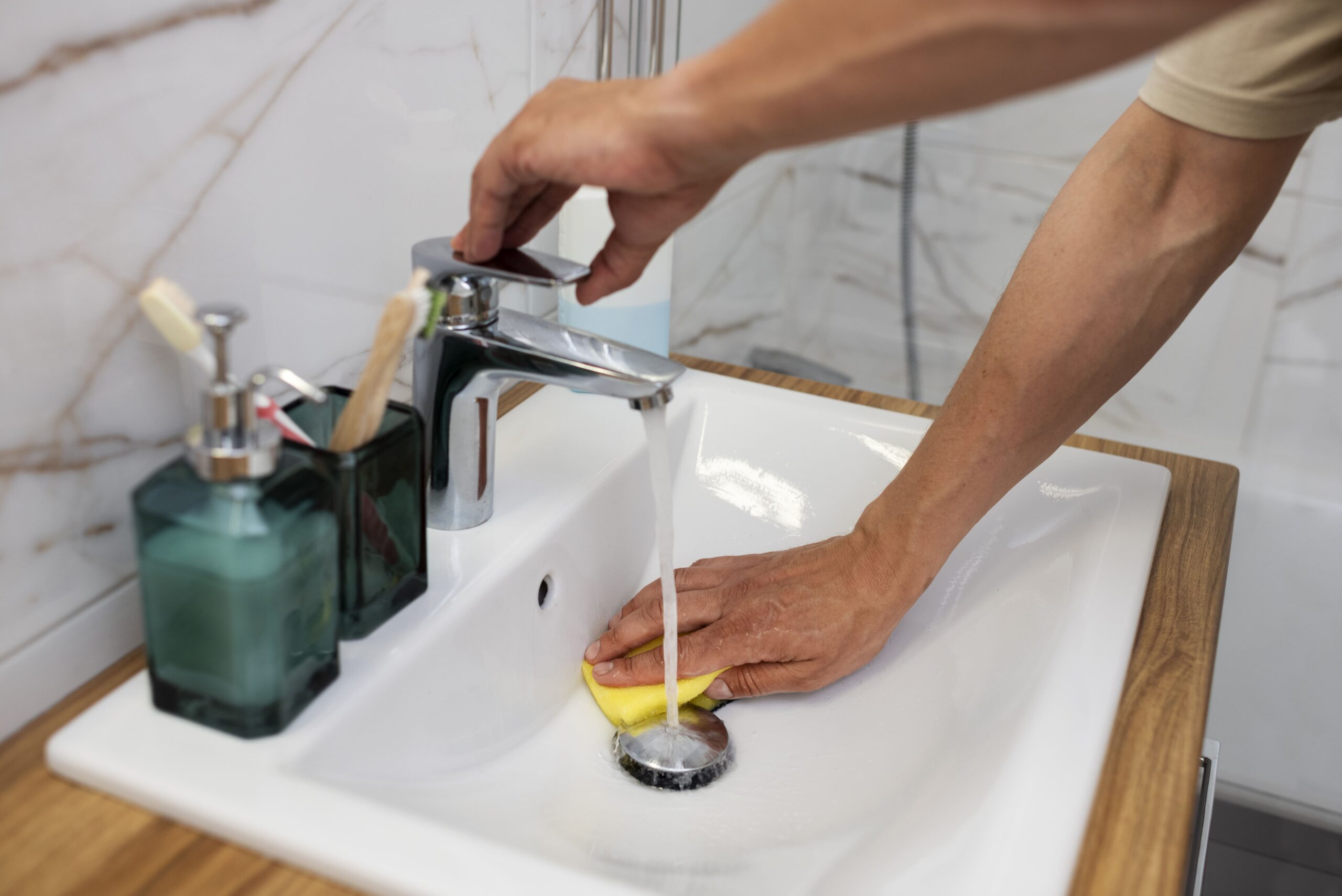Which Is Better For Bathroom Tiles or Marble? A No:1 Comprehensive Guide

Tiles or Marble Which is Better for Bathroom Flooring? In this article, we unravel the pros and cons, durability, maintenance, and design options of both materials. Make an informed choice for your bathroom upgrade!
Comparison of Bathroom Tiles and Marble(Tiles or Marble)
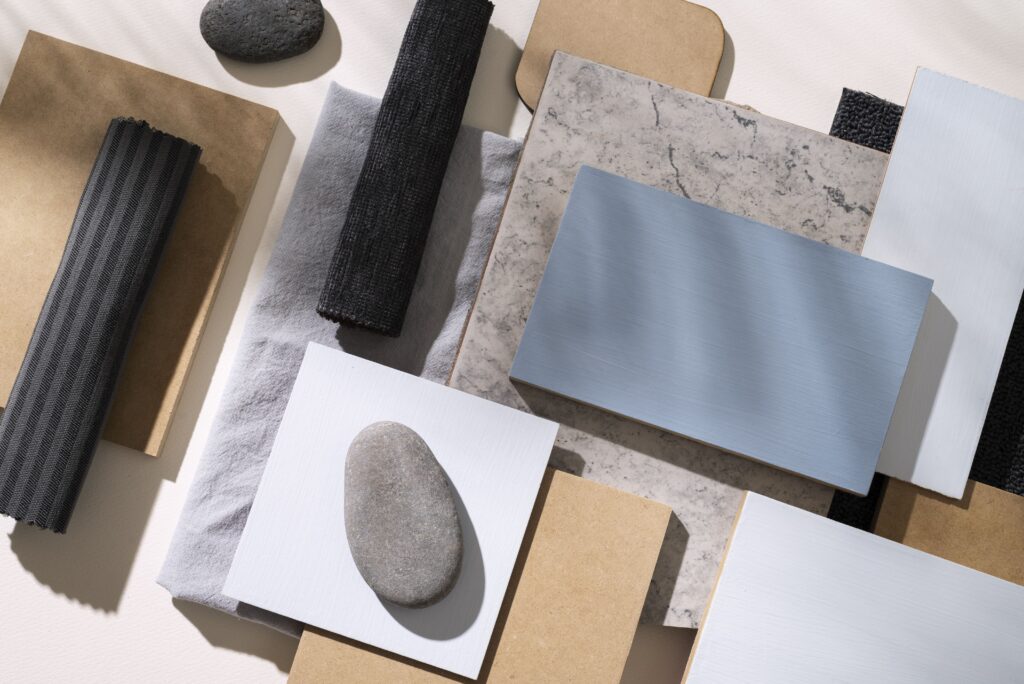
Choosing between bathroom tiles or marble for your bathroom flooring is a crucial decision. In this comparison, we explore the differences and benefits of both options, helping you make an informed choice. Discover which material suits your style and requirements for a stunning bathroom.
Definition and Characteristics
Bathroom Tiles:
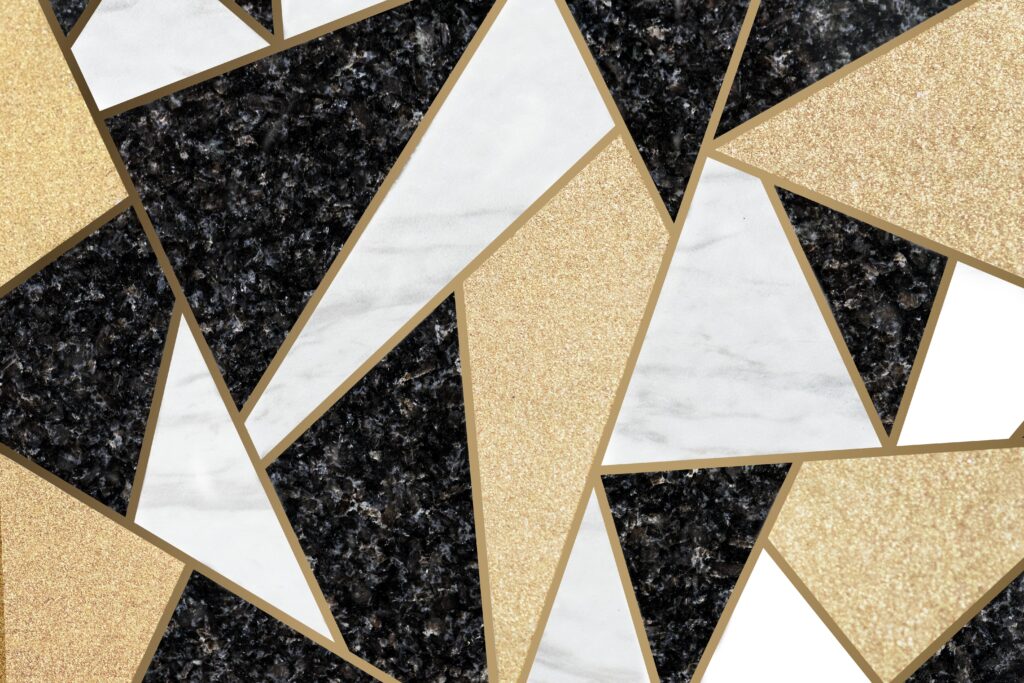
Bathroom flooring is frequently made of bathroom tiles. The long lifespan and resistance to moisture and stains of porcelain tiles. Natural stone tiles in the colours of marble, granite, or travertine offer a unique and opulent aesthetic.
Marble:

Natural stone called marble is prized for its grace and ageless beauty. It is formed from limestone that undergoes metamorphosis under high pressure and temperature, resulting in its unique veining and color variations. Marble is revered for its luxurious appearance and is often associated with high-end design. Its durability and heat resistance make it suitable for bathroom flooring, creating a sophisticated and luxurious ambiance.
Factors to Consider:
Durability and Longevity
Bathroom Tiles:
When it comes to durability, different types of bathroom tiles have varying strengths. Ceramic tiles are renowned for their toughness and can, to a certain extent, withstand daily use, scratches, and impacts. On the other hand, porcelain tiles provide exceptional durability because of their dense composition, which makes them highly damage-resistant. Natural stone tiles, including marble, possess inherent durability but may require regular maintenance to preserve their condition. With proper care, bathroom tiles can maintain their longevity and withstand the rigors of regular usage.
Marble:
Marble is renowned for its durability and longevity, making it a popular choice for luxurious bathrooms. It can withstand wear and tear over time due to its composition and inherent strength. It’s crucial to remember that marble is a softer stone than other options, which makes it more prone to etching and scratches. To ensure the longevity of marble in a bathroom setting, proper maintenance is essential. Regular sealing and cleaning will help protect its surface and preserve its stunning appearance for years to come.
Aesthetics and Design
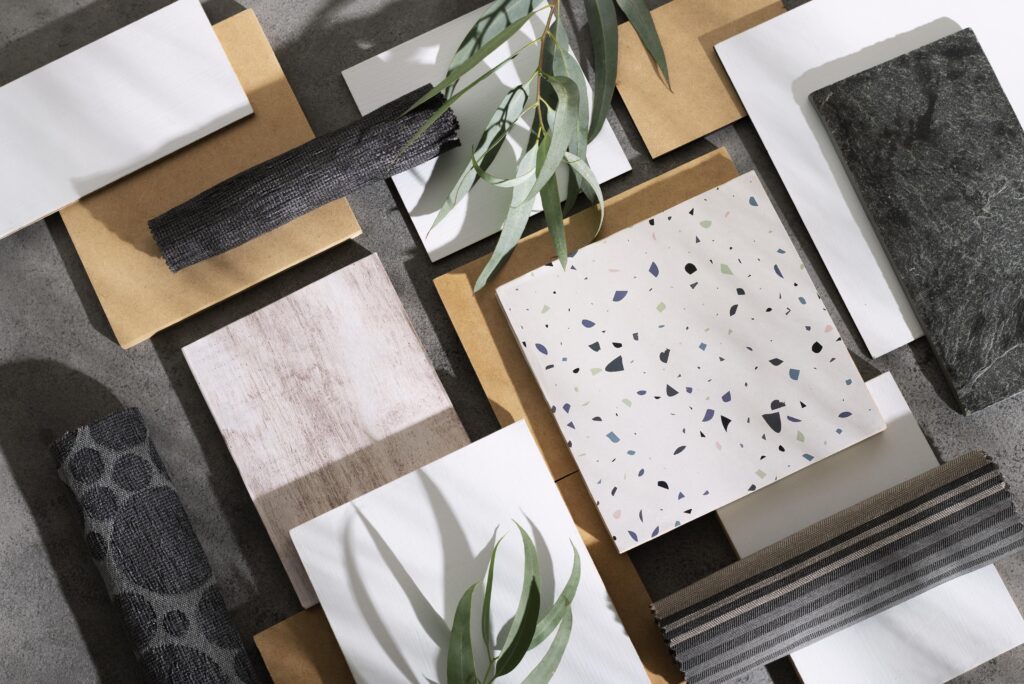
Bathroom Tiles:
Bathroom tiles offer immense versatility in terms of aesthetics and design. They are available in a huge variety of designs, hues, sizes, and finishes, opening up countless creative options. From bold and vibrant patterns to subtle and minimalist designs, bathroom tiles provide options to suit various styles and preferences. With the ability to mix and match different tile types and create unique combinations, it’s easy to achieve personalized looks that reflect your individual taste and enhance the overall visual appeal of your bathroom.
Marble:
Marble exudes timeless beauty and elegance, making it a captivating choice for bathroom design. The natural variations, veining, and color options found in marble contribute to its unique charm. From classic white Carrara marble to rich and dramatic Nero Marquina marble, there is a wide selection to choose from. Marble elevates the aesthetic appeal of a bathroom, creating a luxurious and sophisticated atmosphere. Its distinct patterns and smooth, polished surface make it a standout choice for those seeking a refined and visually striking bathroom design.
Maintenance and Cleaning

Bathroom Tiles:
- Cleaning and maintaining bathroom tiles is generally easy and straightforward.
- Bathroom tiles are resistant to stains, water damage, and mold growth.
- Regular sweeping or vacuuming, followed by mopping with a mild detergent solution, is usually sufficient for routine cleaning.
- For stubborn stains, specific tile cleaners or homemade solutions can be used.
- Avoid using abrasive materials or harsh chemicals that may damage the tile surface or grout.
Marble:
- Marble surfaces require specific care and maintenance to preserve their beauty.
- Marble is susceptible to stains, etching, and water damage, so immediate cleanup of spills is essential.
- Use a pH-neutral cleaner specifically designed for marble to avoid etching or dulling the surface.
- Avoid using acidic or abrasive cleaners that can harm the marble.
- Regularly seal the marble surface to protect it from stains and moisture.
- Wipe up any standing water and use coasters or mats to prevent etching from acidic substances.
Cost Analysis

Bathroom Tiles:
Bathroom tiles vary in cost based on type, quality, and design. Ceramic tiles are more affordable, while porcelain and natural stone tiles, like marble, can be pricier. Consider factors such as size, pattern, and brand when assessing costs.
Marble:
Marble is a high-end option with a higher price tag compared to other materials. Costs depend on quality, rarity, and source. Additional expenses include installation, sealing, and maintenance. While upfront costs are higher, marble offers lasting value and timeless beauty for a luxurious bathroom aesthetic. Consider your budget and the value marble brings when evaluating its cost.
Installation Considerations
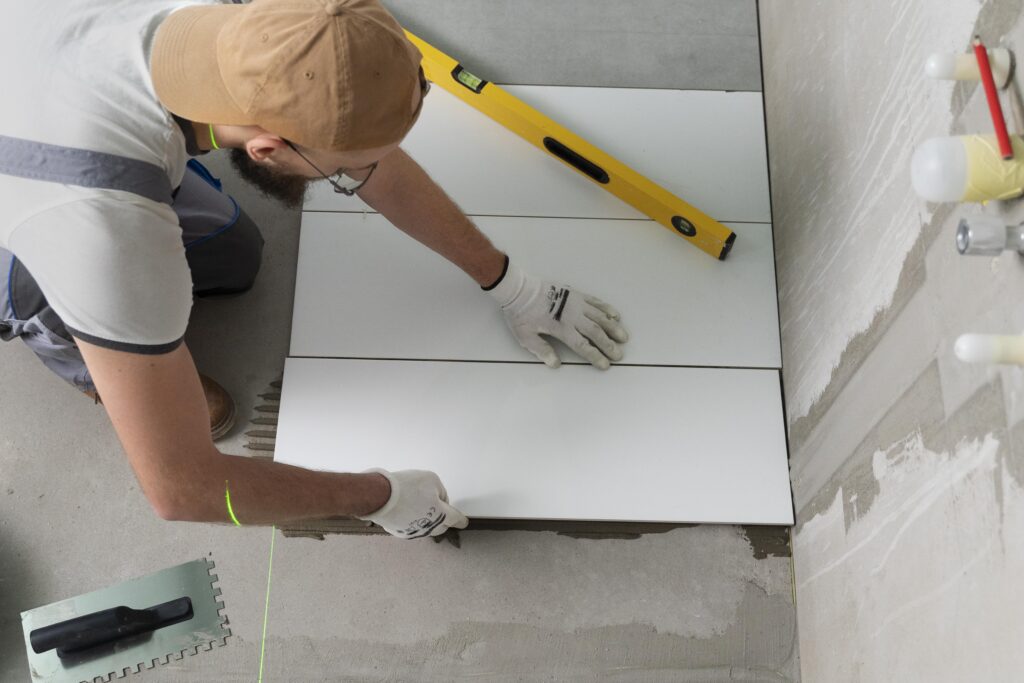
Bathroom Tiles:
Ceramic tiles are favored for their affordability and extensive design choices. Porcelain tiles, on the other hand, are known for their resistance to moisture and stains, along with their durability. It’s important to ensure precise measurements, alignment, and leveling to achieve a polished and even result.
Marble:
Installing marble requires specialized skills and is typically best left to professionals. The process involves careful handling and precise cutting to fit the unique patterns and veining of the marble. Professional installers have the expertise to minimize waste, ensure proper adhesion, and create seamless transitions between tiles. Their knowledge and experience contribute to a flawless installation that showcases the natural beauty of marble.
Conclusion:
In the decision between bathroom tiles or marble for flooring, it comes down to personal preferences and budget. Bathroom tiles offer versatility and affordability, while marble exudes elegance and luxury. Consider durability, maintenance, and desired aesthetic to make the best choice for your bathroom. Ultimately, both options can create stunning spaces that reflect your unique style.



